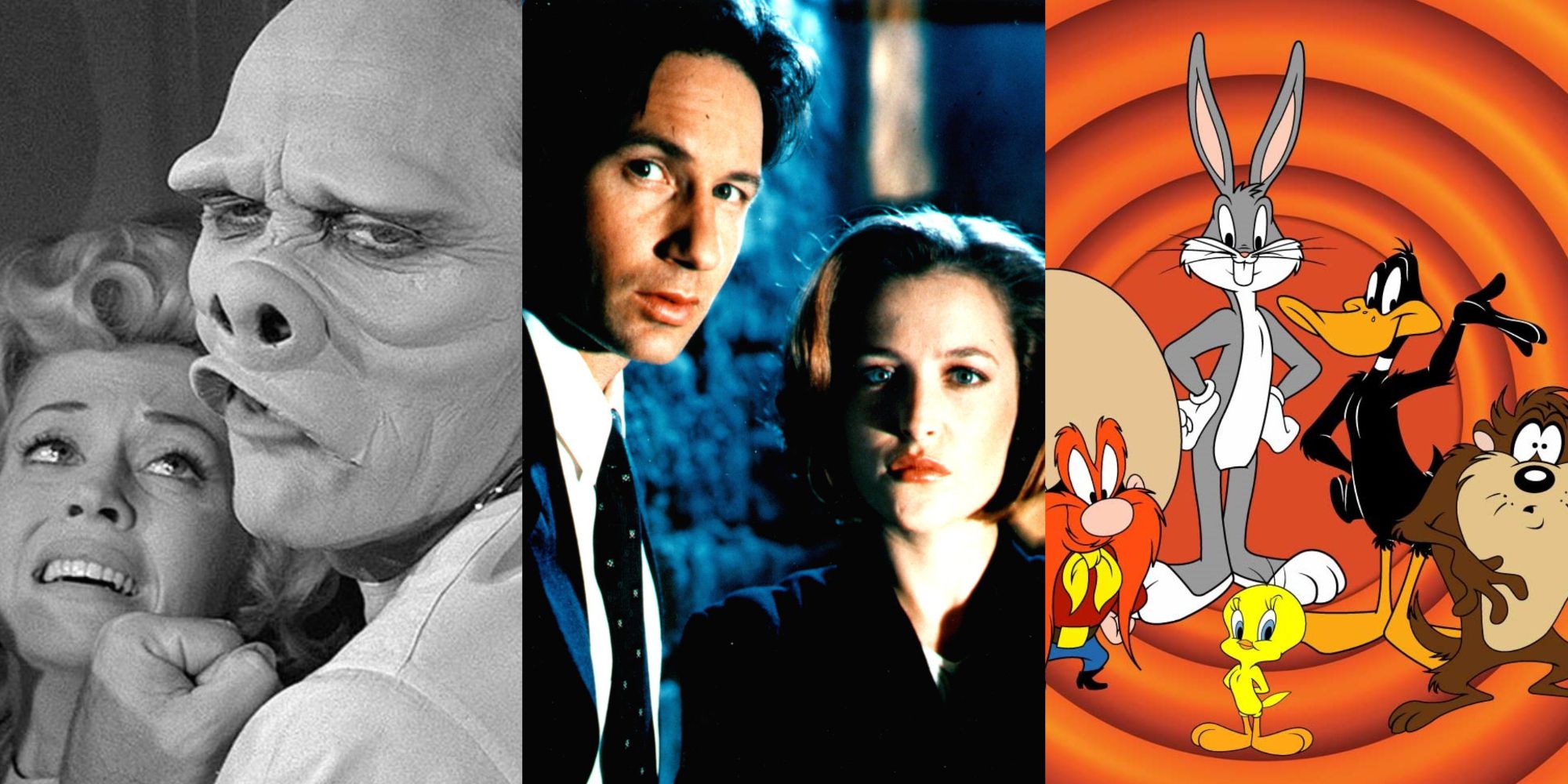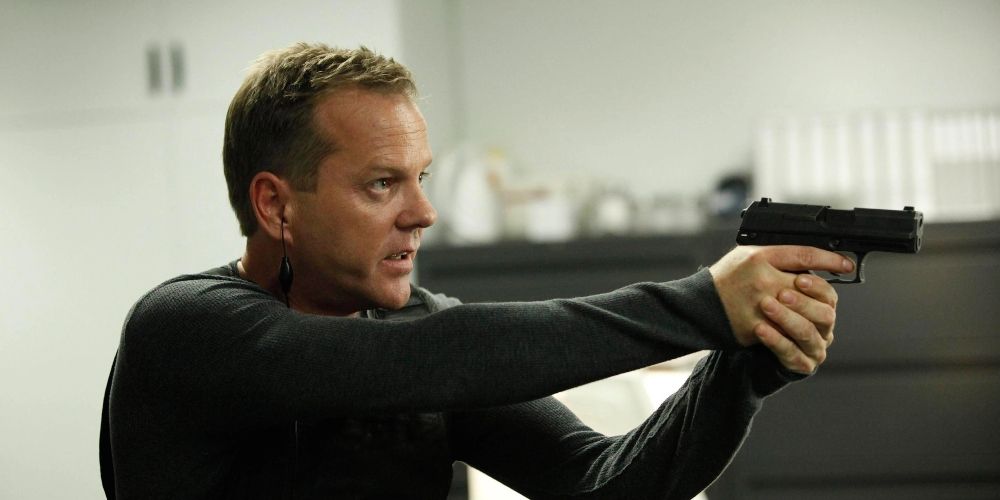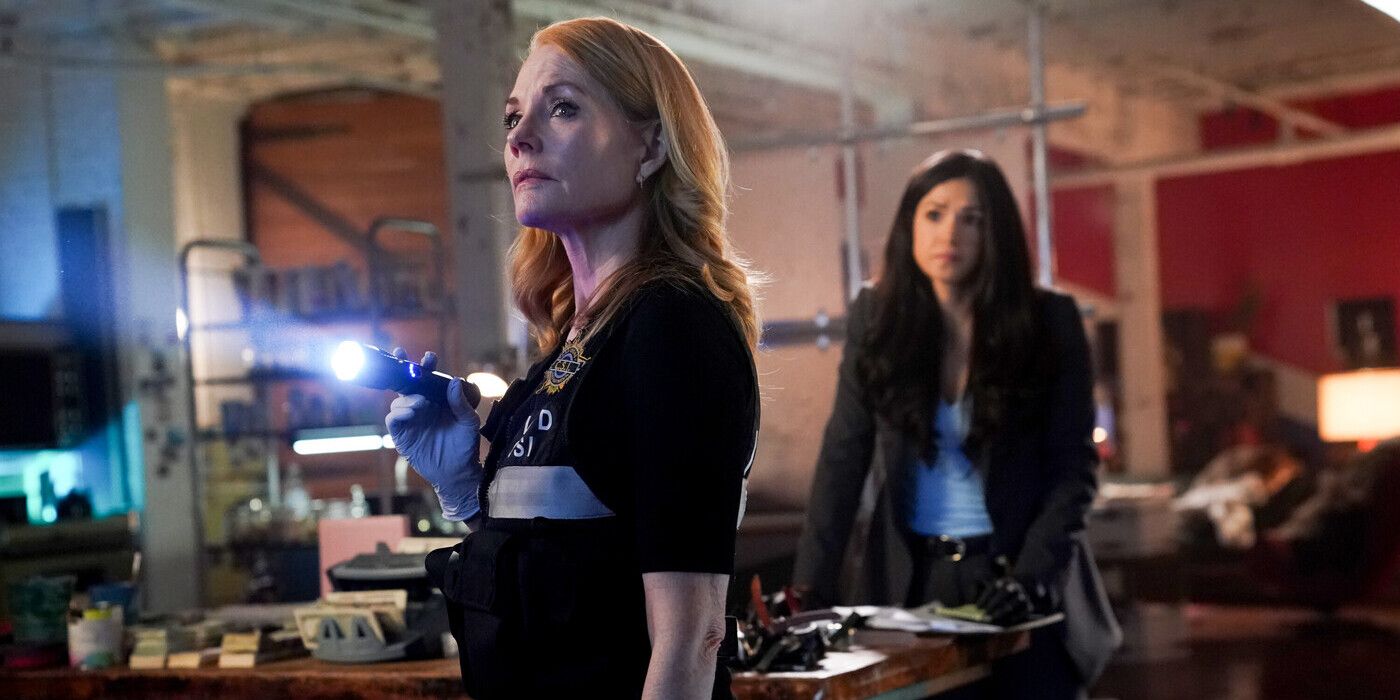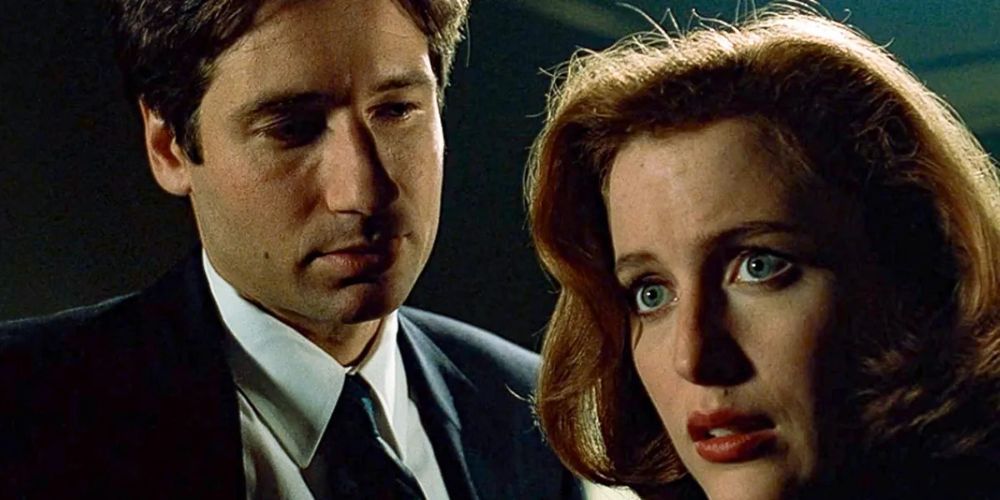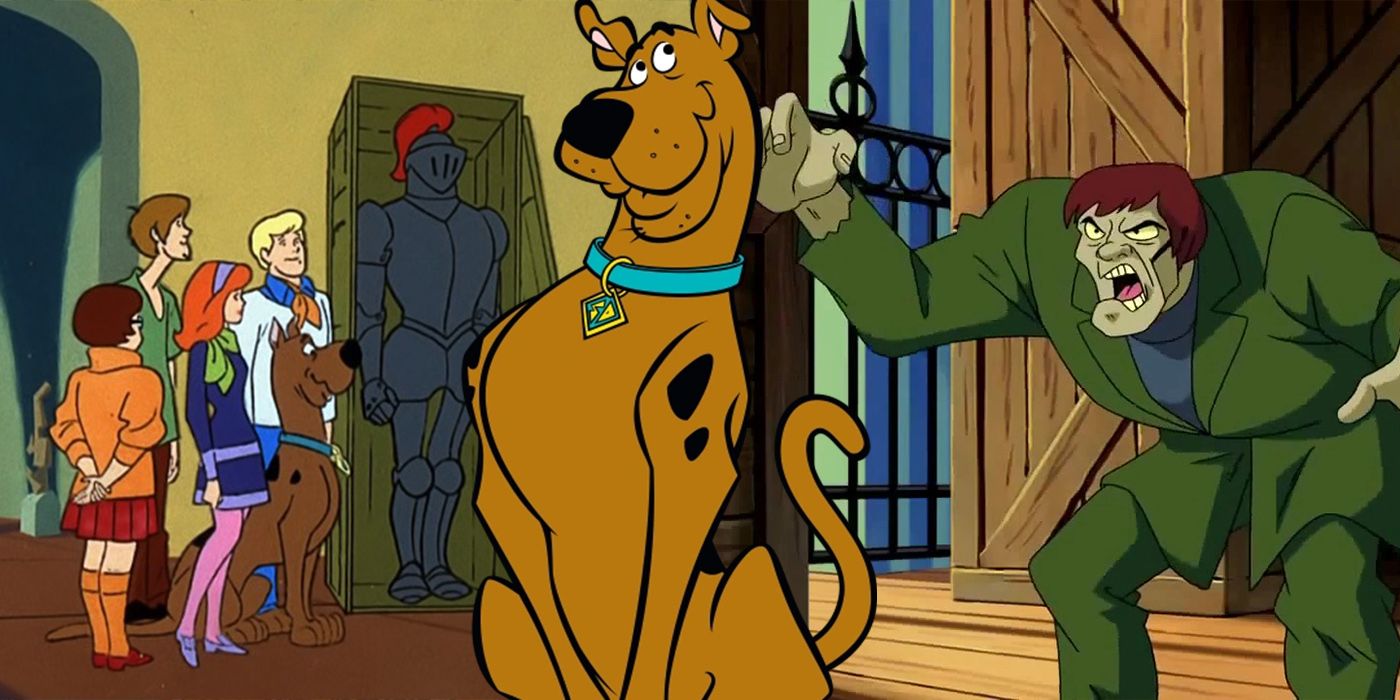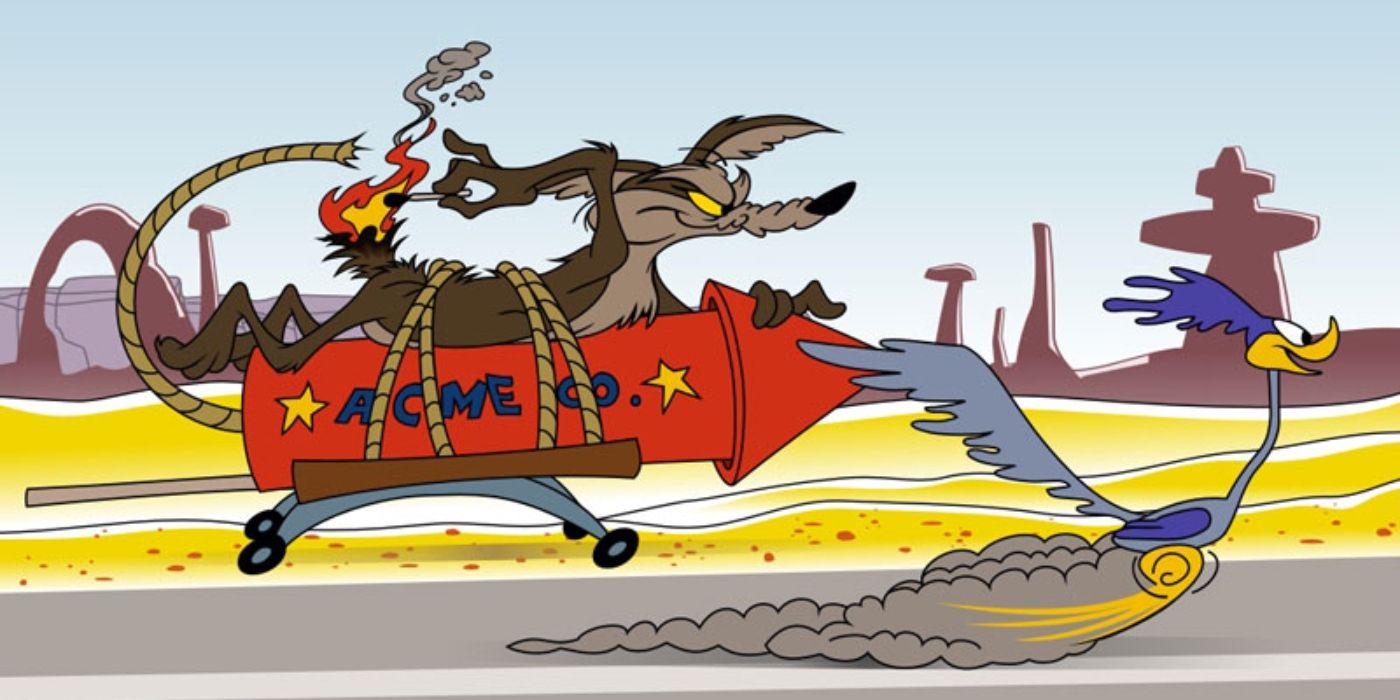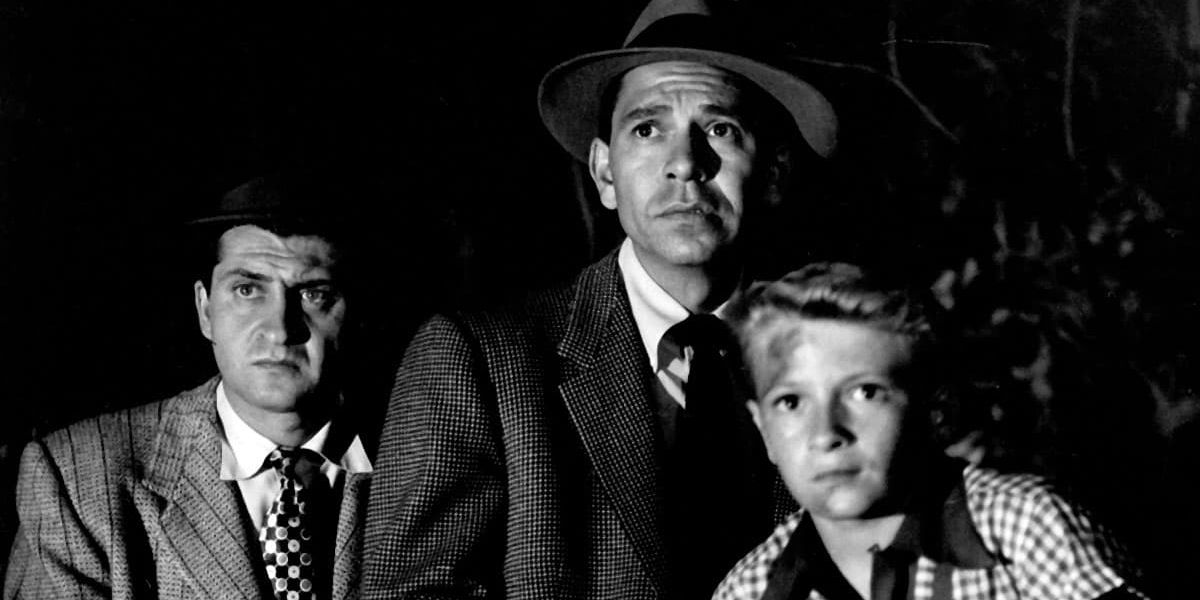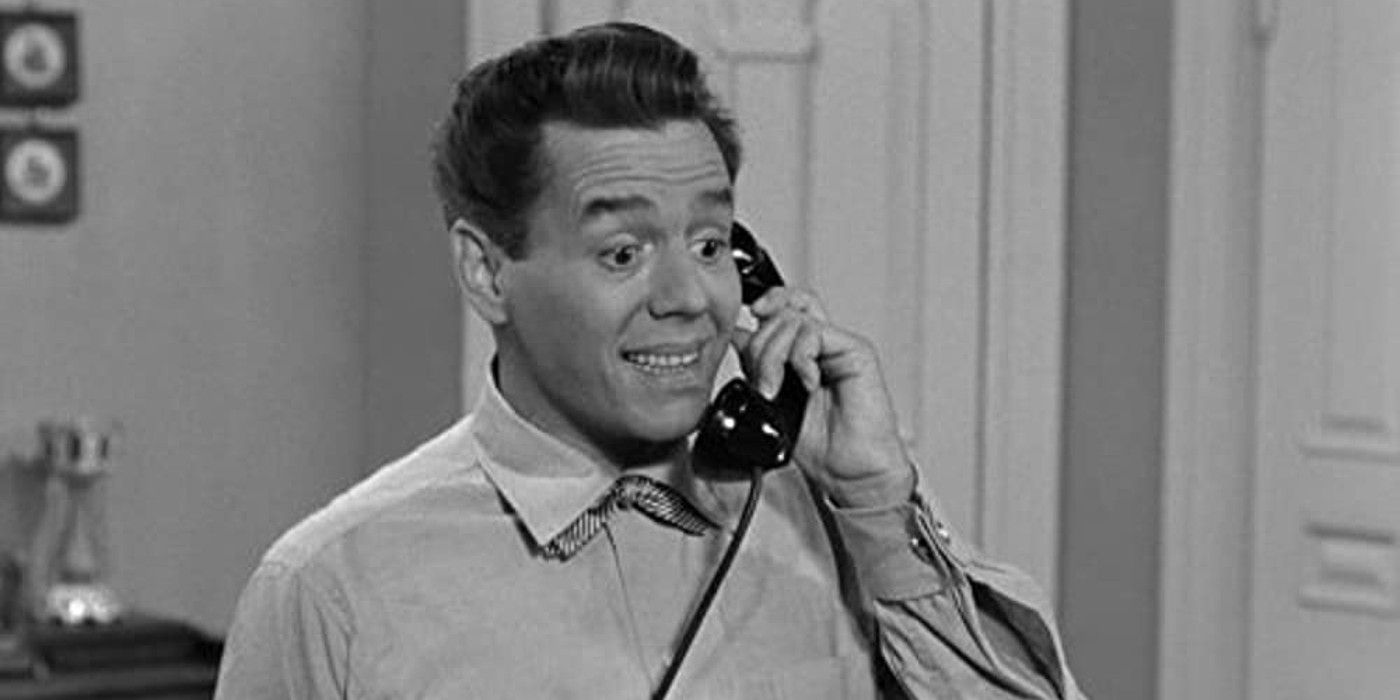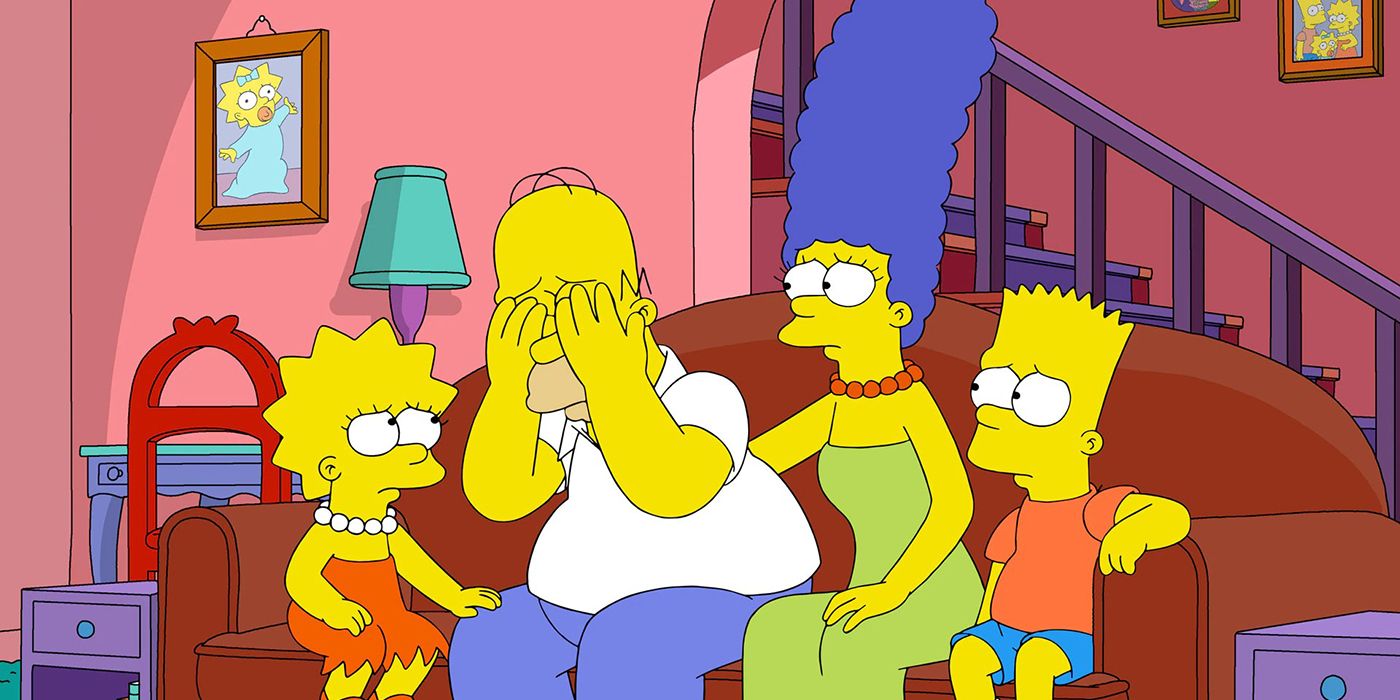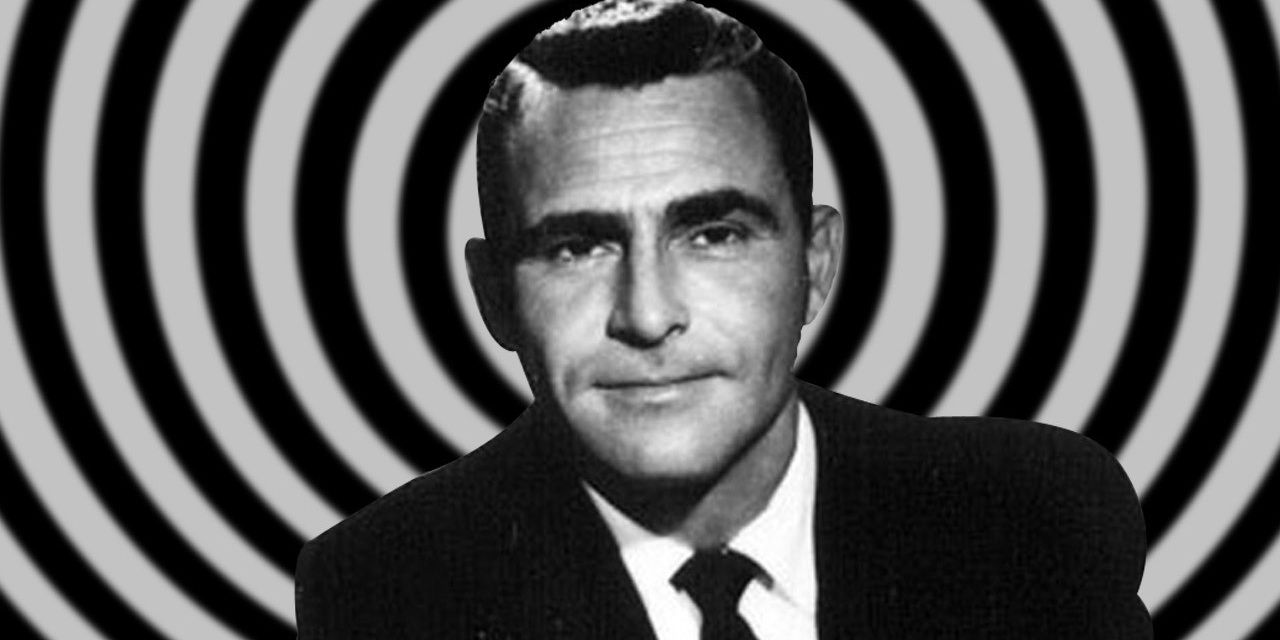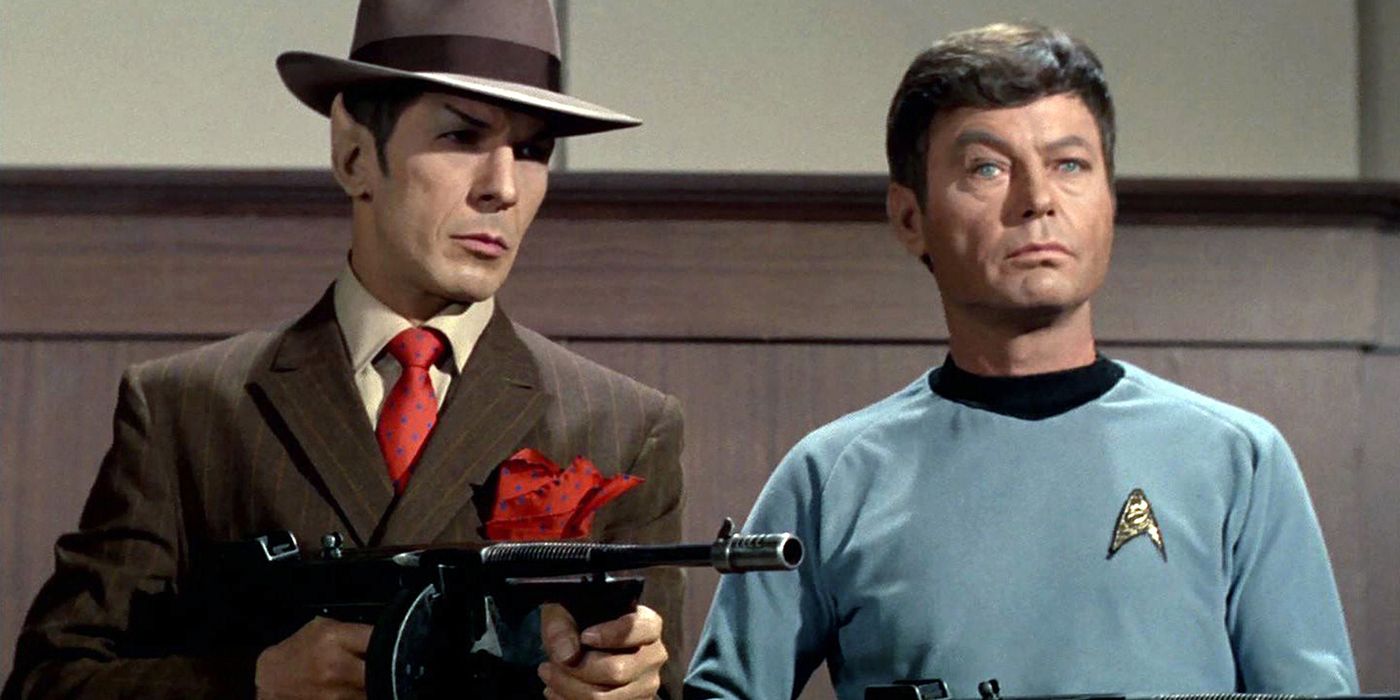Television is one of the most successful industries in entertainment, bringing audiences weekly episodic stories. Some of these episodes are self-contained, while others build up an ongoing narrative that viewers buy into for its conclusion. Each TV formula has a dedicated following from viewers, and the long-form story-telling allows showrunners to build characters and events in a way movies don't allow.
The TV industry has been shaped over decades, with some series having an undeniable impact on the medium's history. These series typically define genres or raise the bar for what a good TV show can accomplish. Thanks to their legacy, fans get more of what they want. The effects of these groundbreaking hit shows can still be felt by viewers even today - and some are still going.
10 24 Brought High-Intensity Action To TV
24 is widely regarded as the first binge series on TV. It brought a mostly novel formula in a real-time series that followed the minute-by-minute events of Jack Bauer and his fellow CTU agents. The running clock, split-screen, and real-time formats are all now iconic.
24 raised the bar for action shows considerably going into the 21st century. Homages and parodies to the series can be seen across comedy and action even today. It helped along the idea that each season of a series should function as a single story, which is more common today.
9 CSI Ushered In A New Style Of Crime Show
CSI followed in the footsteps of decades of different police procedural shows, but ushered in its own style. The series focused on mini-movies of the crime genre, with weekly self-contained detective stories. Unlike previous shows, it focuses mainly on the forensics aspects.
The CSI format helped influence shows like NCIS, FBI, Bones, and Criminal Minds, all of which looked to the show's style in crafting their own world. The more modern, grittier, and movie-like method laid out by CSI continues to inform episodic crime television.
8 The X-Files Reinvigorated The X-Cop Genre
The X-Files wasn't the first series to combine cops and science fiction, but it perfected what became known as the "X-Cops" sub-genre. It merged a monster-of-the-week format with a continuing conspiracy, which made up the ongoing core story of the show.
The X-Files explored numerous North American myths and cryptids, such as Sasquatch, werewolves, and the Jersey Devil. The show paved the way for many successors, such as Buffy the Vampire Slayer, Supernatural, and Warehouse 13.
7 Scooby-Doo Where Are You Created A Major Template For Kids Shows
Scooby-Doo was one of the biggest hits ever to come from Hanna-Barbera. It also redefined kids' TV in a formula that became the mainstay for entertainment in the future. The weekly adventures of a group of kids solving mysteries can be seen across dozens of shows.
Even Hanna-Barbera used Scooby-Doo's template as the de facto formula for all of its shows going forward, and the style remains popular today. It also paved the way for shows like Batman: The Animated Series and Courage the Cowardly Dog to be viable with a similar formula of mystery solving and monsters.
6 Looney Tunes Was America's Favorite Cartoon
Looney Tunes wasn't the first Saturday morning cartoon franchise, but it was the definitive one of its era. Competing with its Disney counterpart, Looney Tunes' roster of diverse animal characters and their adventures have made it far more memorable.
Looney Tunes remains top of many people's lists regarding what makes a good Saturday morning cartoon. The series' influence on culture can still be seen today, with its unique idioms, quotes, and whole lines of dialogue still informing entertainment and discussion today.
5 Dragnet Jump-Started The Police Procedural
Although police procedural series are commonplace on TV today, that wasn't always the case. The first procedural was Dragnet, a series that followed Sgt Joe Friday and his Los Angeles-based police investigations. The series lasted for eight seasons, impressive for its time.
Dragnet may not be a household name in today's television, but it laid the groundwork for one of the most popular TV formulas in existence. Detective stories have always been popular, dating back to Sherlock Holmes, and Dragnet proved its fit for TV.
4 I Love Lucy Defined The Modern Sitcom
I Love Lucy wasn't the first situation comedy, but it did create the unique style of sitcoms in the latter half of the 20th century. Earlier sitcoms conformed more to the slapstick, screwball style of comedy that had been popular on film but didn't work as well on TV.
It's safe to say that without I Love Lucy, series like Cheers, All In the Family, and Friends would have looked very different. The series informed a generation of new showrunners in the 1980s and 1990s especially, and homages to it continue to be seen today.
3 The Simpsons Created A New Spin On The Sitcom Family
Following decades of comedy series, The Simpsons took the idea of the sitcom family and translated it into an animated format. While there had been plenty of cartoon family shows before, the Matt Groening series walked a line between comedy, satire, and parody that none had before.
The Simpsons inspired subsequent decades of similar ideas in shows like South Park, Family Guy, and American Dad. The cartoon style, coupled with its long-running nature, means that a series can gain the appearance of timelessness in a way few had before.
2 The Twilight Zone Used Science Fiction To Make Its Audience Think
The Twilight Zone came around right at the end of the era of McCarthyism, and often explored themes of philosophy, justice, and paranoia. The series told a different and unique story in each episode, probing different worlds, strange ideas, and characters in harrowing situations.
The Twilight Zone is responsible for some of the most iconic moments in television history, such as the gremlin on a plane, the phantom hitchhiker, and the subjectivism of beauty. The vast majority of modern sci-fi shows, from Black Mirror to X-Files, took great inspiration from the Rod Serling series.
1 Star Trek Mastered Space Exploration TV
Star Trek combined several themes into a single series. It used science fiction, philosophy, action, romance, and drama to tell compelling stories of adventure and scientific exploration. It followed the crew of the Enterprise, led by James Kirk, as they traveled through space.
Star Trek is one of the longest-running franchises on television, and has earned numerous spin-offs, films, comics, and more. The combination of provocative stories and scientific achievement continues to inspire many television series today, notably the ongoing series The Orville.

